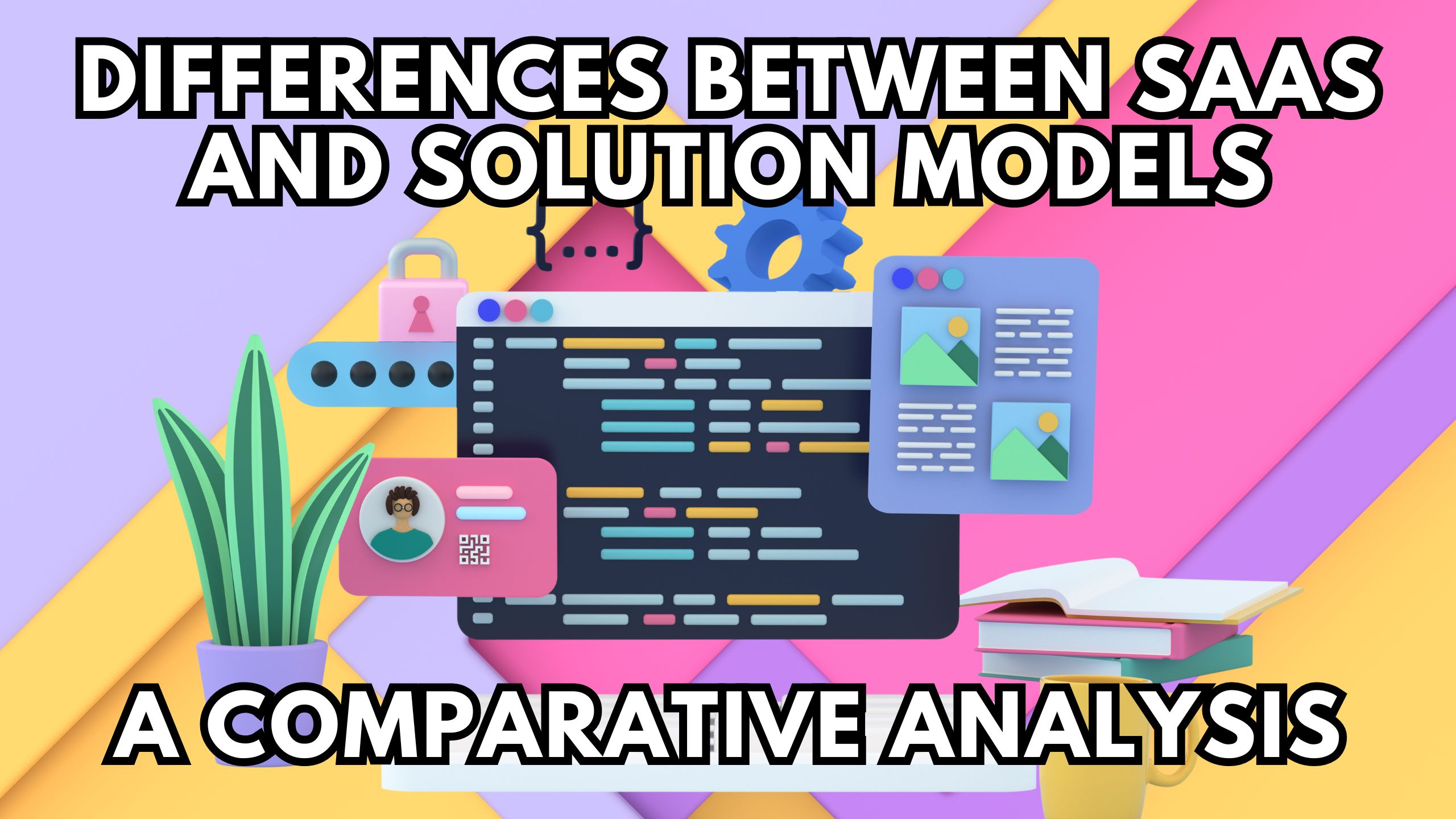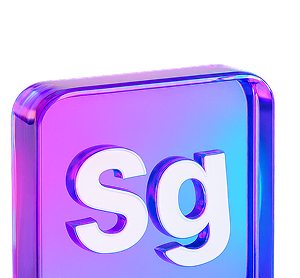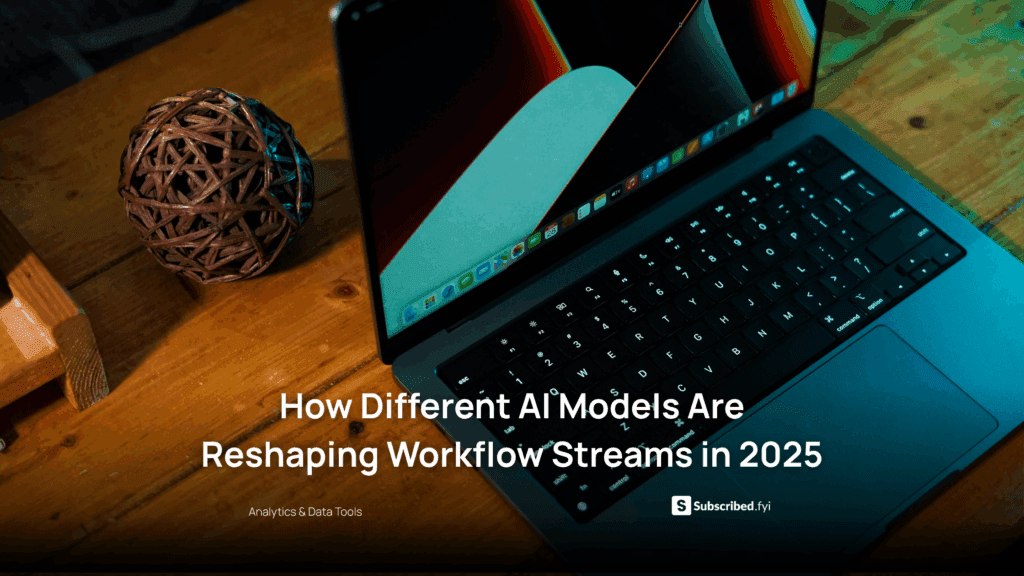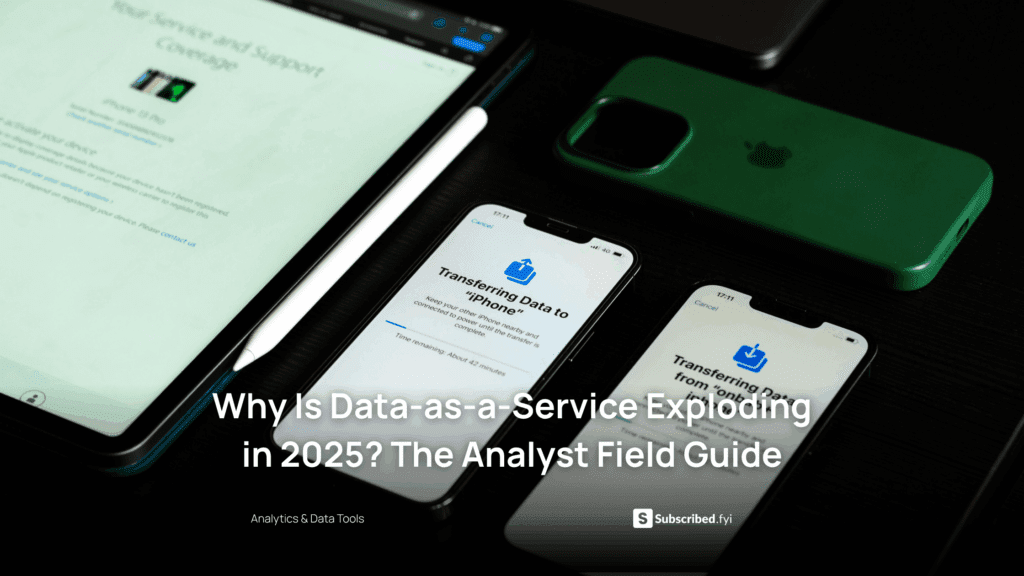Differences between SaaS and Solution Models: A Comparative Analysis
- Expense Management Software Credit Cards Investing Business Solutions


Differences between SaaS and Solution Models: A Comparative Analysis
In the rapidly evolving landscape of software deployment, understanding the differences between Software as a Service (SaaS) and traditional Solution models is crucial for businesses seeking the most effective approach. This comprehensive analysis explores the distinctions between these two models, shedding light on their advantages, disadvantages, and relevance in today’s dynamic market.
1. Flexibility and Customization
SaaS Products like Salesforce excel in providing scalable solutions with a high degree of flexibility. Unlike traditional solutions, SaaS allows businesses to adapt to changing needs seamlessly, enabling them to customize their software without the need for extensive development resources.
2. Cost Efficiency with Microsoft 365
SaaS solutions often boast cost-efficiency due to their subscription-based models. This contrasts with traditional solutions that may require substantial upfront investment. Microsoft 365, for example, offers a suite of productivity tools under a subscription plan, reducing initial costs and providing continuous updates.
3. Accessibility and Collaboration
Collaboration is at the forefront of SaaS offerings like Google Workspace. These tools emphasize accessibility and real-time collaboration, enabling teams to work seamlessly from various locations. Traditional solutions may struggle to match the level of accessibility and collaboration that SaaS products bring to the table.
4. Scalability with Amazon Web Services (AWS)
For businesses experiencing rapid growth, scalability is a key consideration. Amazon Web Services (AWS) offers a cloud-based SaaS infrastructure, allowing businesses to scale their operations effortlessly. Traditional solutions may face challenges adapting to increased demand without significant infrastructure overhauls.
5. Maintenance and Updates
SaaS solutions often simplify maintenance by handling updates and patches automatically. In contrast, traditional solutions may require manual updates, posing potential security risks. Oracle Cloud SaaS, for instance, streamlines maintenance processes, ensuring that users always have access to the latest features and security enhancements.
Conclusion:
While both SaaS and traditional solution models have their merits, the choice ultimately depends on specific business needs and goals. SaaS excels in flexibility, cost efficiency, accessibility, scalability, and streamlined maintenance. Understanding these differences empowers businesses to make informed decisions aligned with their unique requirements.
Revolutionize Your SaaS Stack with Subscribed.fyi!
Ready to optimize your software deployment strategy? Join Subscribed.fyi today for exclusive member-only deals on 100+ SaaS tools. Unlock savings exceeding $100,000 per year, effortlessly manage all your subscriptions, and make informed decisions about your SaaS stack. Your journey to enhanced productivity starts with a single click!
Relevant Links:
- Salesforce
- Microsoft 365
- Google Workspace
- Amazon Web Services (AWS)
- Oracle Cloud SaaS
- Subscribed.fyi











